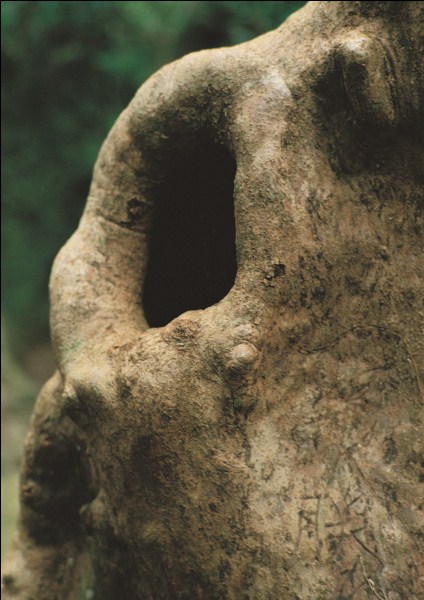Hi Everyone,
Light-heartedness is the theme of this weeks article, a seriously important meditation if you ask me!
Happy meditating!
Toby
 Taking Light-Heartedness as Your Object of Meditation
Taking Light-Heartedness as Your Object of Meditation
Light-heartedness is a state of mind and being that combines the elements of serious mindedness and deep caring with a sense of lightness and fun. It avoids the extremes of either:
- Being over serious and heavy in our approach, or
- Resorting to purely superficial/hedonistic fun as an “escape” from the pressures of our life.
Sometimes life can feel like an attritional battle that we are fighting and this is often partly because the imbalanced attitude that we are adopting toward our challenges only adds to the burden. Consciously practising light heartedness is a very good way of increasing our stamina and ability to bear our burdens effectively whilst at the same time having more genuine fun.
The ability to practice light-heartedness arises from the insight that fun and seriousness are not mutually exclusive poles, but qualities that can be (and need to be) combined together in order to experience life fully and richly. When you are having fun with someone whom you care for deeply and seriously, that fun is enhanced and much deeper in quality. When you are in a serious situation and you are able to retain an element of lightness and relaxation, then that serious situation can become fun, and the levels of consequent fulfilment arising from it increases correspondingly.
To be light-hearted is to hold things lightly whist caring deeply.
How to meditate on light-heartedness
“Breathing in I hold it lightly,
Breathing our I care deeply”
Take a situation in your life; at work, at home, in your relationships or whatever. With this situation in mind take a few meditative breaths. As you breathe, focus on the two sentences above:
- As you breathe in consciously introduce the theme and quality of holding the situation lightly, maybe smile gently to yourself as you do so.
- As you breathe out open yourself to a deep caring for the situation; don’t duck that which demands that you take this situation with appropriate seriousness.
Continue breathing in this way until you feel as if you have found the balance in your attitude between lightness/fun and caring/appropriate seriousness. You might think of this light-hearted attitude as being like a kind of “playful, involved detachment”. Become familiar with this state of light-heartedness by just breathing with it for a little while longer.
Once you are familiar with light-heartedness as a meditative exercise (and the exercise need only take 3mins or so to practice at any given time) then your job becomes to consciously sustain this attitude whilst in the middle of your daily activities, so that it becomes a habitual approach to what you do. Whenever you feel like you have lost your link to light-heartedness, simply come back to the breathing in the manner described above and re-establish it in your awareness as an approach.
As well as increasing the quality and genuine fun on your own personal experience, I think light-heartedness is a great social skill to have. People naturally appreciate and gravitate towards people who radiate caring and lightness. Why wouldn’t they? Instinctively I believe it is how many of us would like to be, but perhaps don’t quite know how.
This article and meditation technique is an invitation to the “how” of light-heartedness, enjoy!
© Toby Ouvry 2012, you are welcome to use or share this article, but please cite Toby as the source and include reference to his website www.tobyouvry.com




 Article of the Week:
Article of the Week: Six Aspects of Sacred Sexuality
Six Aspects of Sacred Sexuality

